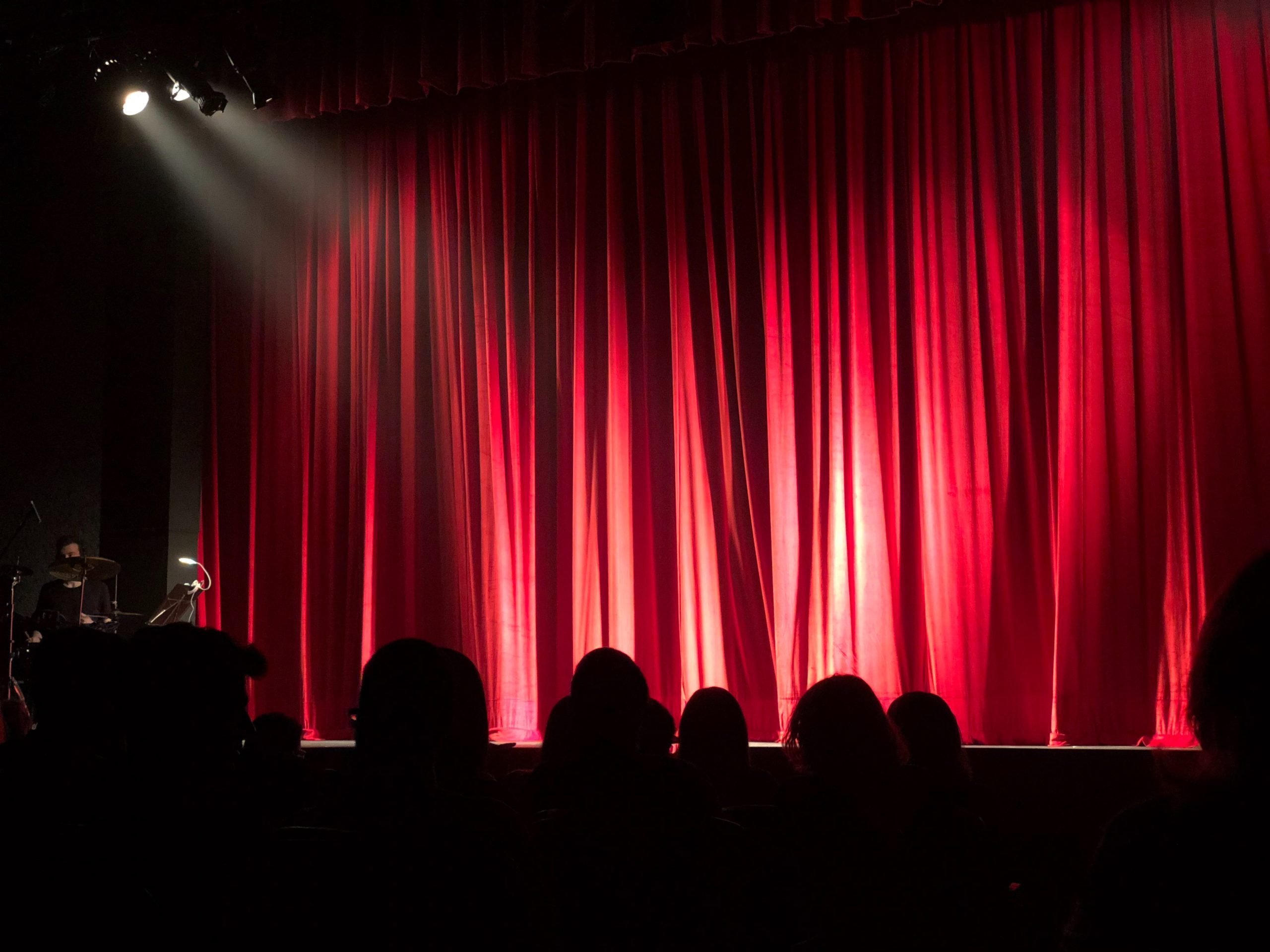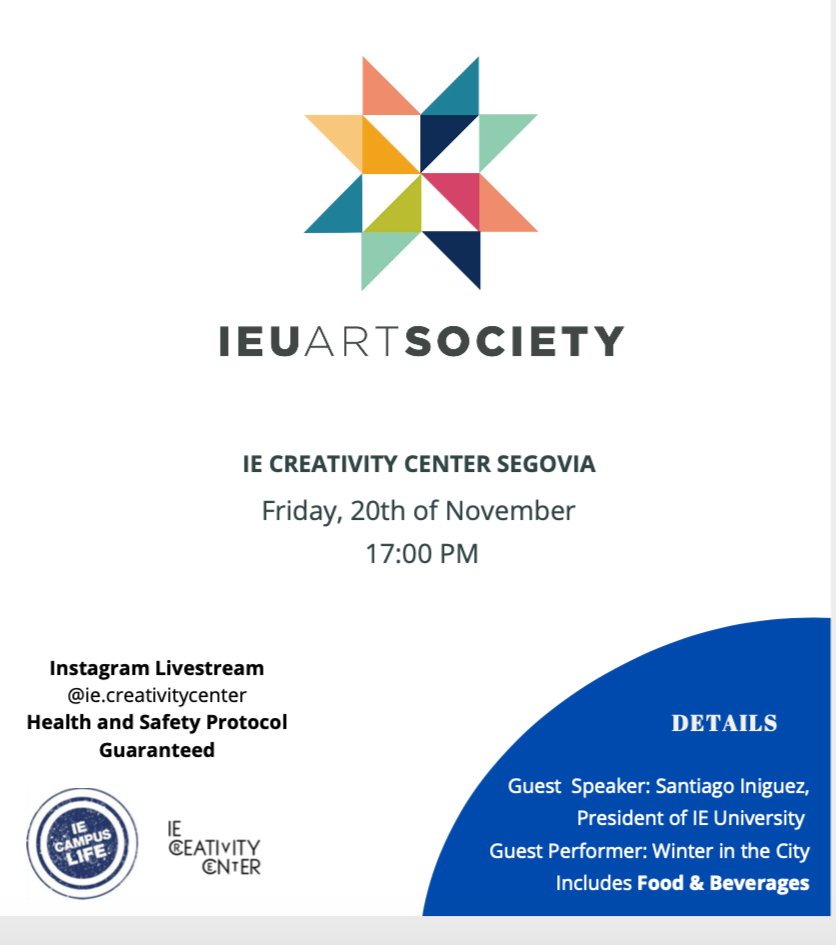The fashion industry has grown to be an incredibly successful creative arena and managed to bring art to the masses. Over the years, fashion has shaped itself to become a community of innovators and creators, who constantly take inspiration from one another to create new and exciting things, most frequently “the next big thing”. This could be credited to the free culture of fashion, an industry that succeeds without copyright. Why is the free culture in fashion so successful? What are the implications of a free culture for art?
The Freedom in Creativity
In Johanna Blakely’s TEDxUSC talk “Lessons from fashion’s free culture,” she discusses the bigger relevance and need for a free culture in all artistic industries. The fashion industry is one of the largest creative industries in the world, yet it has no copyright or intellectual property rights to protect designs. What they do have is trademarks, which allow them to have ownership over their brand name and logo design. The lack of intellectual property rights can be credited to clothing being considered too utilitarian an item to be protected. This lack of copyright could seem detrimental to the industry, but on the contrary, it has helped propel the industry’s success over the years, as they transformed a ‘utilitarian’ product into art. In the 1930’s, the world witnessed one of the earliest collaborations between an artist and a fashion house: Elsa Schiaparelli and Salvador Dali. Schiaparelli, considered one of the most influential couturiers in fashion history, created many collections in collaboration with Dali that took inspiration from the oddities of his work, with the added flair of haute couture. Collaborations like this spearheaded the fashion industry’s involvement and status in the artistic community, as well as the creative freedom that allows them their success.
A space was created for constant innovation by allowing access to an archive of fashion history, ideas, collections and collaborations that any present or future artist can take apart and stitch together, creating a greater and more complex result. It is a well-known fact that collaboration can boost the creative process and help create a better outcome, a principle the fashion industry could credit to its success. This has also pushed designers to test their creative limits and ability to innovate. Notably cited by Blakely, is the example of Stuart Weitzman, and his creation of the “Bowden-wedge”. This wedge was made out of titanium or steel and had such an intricate design that if it was made with any other material it would break. Many designers alike have attempted to create silhouettes and iconic pieces that would remain synonymous to the brand they created.

This creative freedom and process has also facilitated the fast fashion industry, in making high-end designs more accessible to the masses. Although the free culture in fashion allows for innovation and constant creation, it also leaves a lot of room for copycats, oftentimes through fast fashion. Many brands over the years have come under media scrutiny for blatant copies of luxury and high fashion brands. Exact replications of brand designs can be considered detrimental to the creative process and culture, because it eliminates the aspect of innovation and perspective. Creativity and art are expressions of one’s perspective on the world and reflections of a unique vision.
The Limitations
The effects of a free culture are very different when it comes to the aspect of business in art. The main reason designers and artists gain recognition is because of a distinct style or vision, that only they have the mind and skills to execute. Eliminating the niche would also mean eliminating the exclusivity of the designs, something that is part of the essence of high fashion. As a prime example, the EU is home to the largest fast fashion and luxury brands in the entire world, but currently has no protection and litigation for designs. Part of what a luxury or high fashion brand sells is ‘unattainability’ which makes it more desirable and allows designers to constantly set the trends for the world. If the unattainable is made attainable, it is no longer a luxury or niche. Specifically, for smaller businesses, the recognition and exclusivity are integral to their success and sustenance.

However, certain high fashion brands are able to overcome this limitation in the form of collaborations with fast fashion brands, for example Kenzo, Moschino and Giambattista Valli’s capsule collections with H&M. This allows these high fashion brands to protect their creativity and reclaim their authenticity amongst the masses, while also aiding fast fashion brands to their efforts to grow their business through temporary “exclusivity” and the resulting price premiums.
Bigger Picture
The free creative culture in the fashion industry has allowed it to become one of the most lucrative industries in the world. It is also a space which has some of the most innovative start-ups around the world. It is because of this free culture that fashion is constantly able to push boundaries and create something new in a world where “everything’s already been done.” A free culture across all artistic industries, and continually for the fashion industry, could push for greater, more innovative, and more creative outputs that satiate the complex consumer. How can we learn from fashion as a creative industry? And how can we use that to create a bigger space for innovation in art?
Editorial note: this article was published on the LinkedIn page of the IE Arts & Business Club (link).







